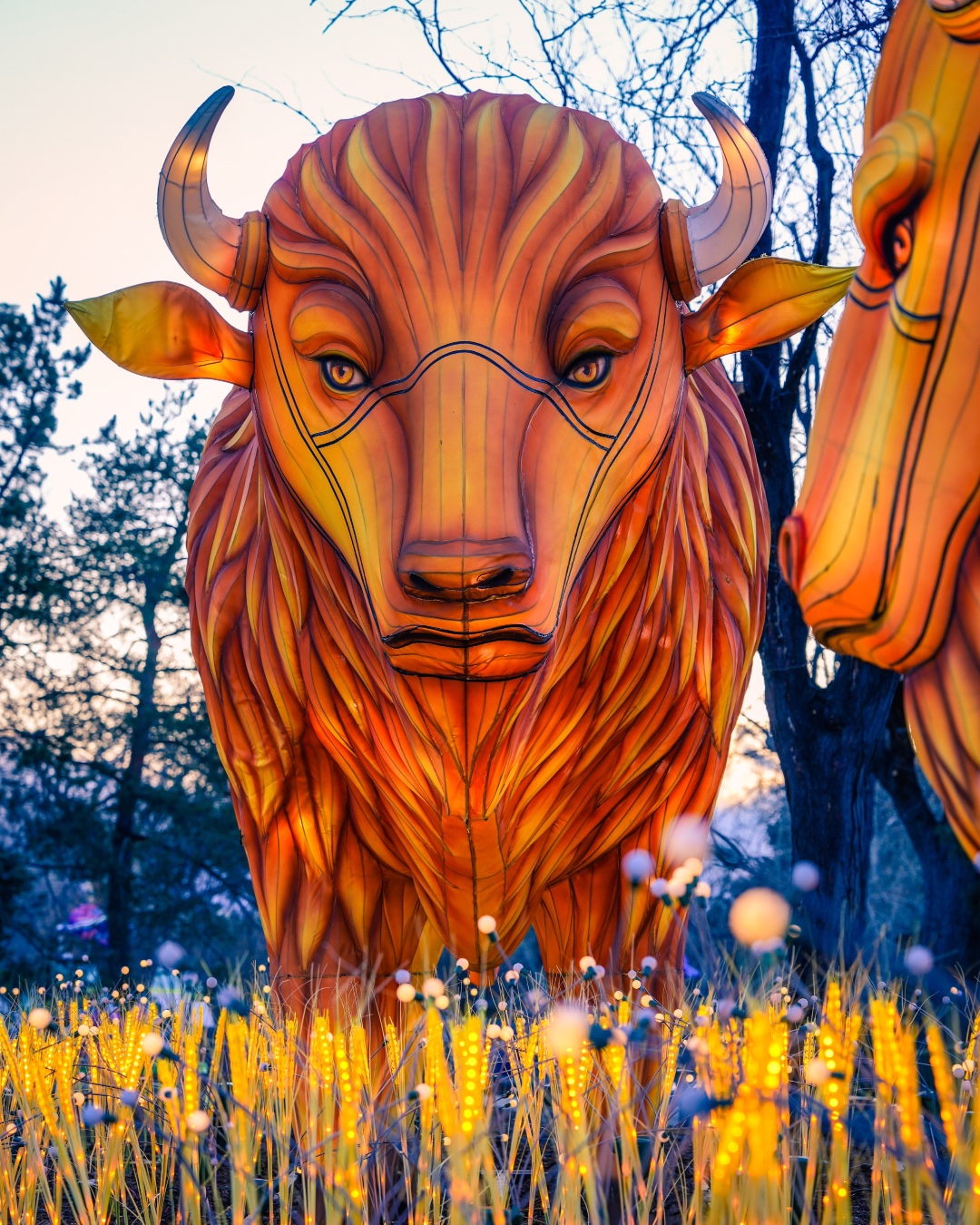- Explore the concept and purpose of sensory-friendly environments in zoos and wildlife exhibitions.
- Discuss the accommodations provided at Glowing Wild Sensory-Friendly Night.
- Investigate the significance of zoos in wildlife conservation and education.
- Examine the intersection of zoology, sensory processing, and public engagement.
- Highlight the broader importance of inclusive experiences in outdoor and public venues.
Sensory-friendly environments have grown significantly in importance, particularly within venues like zoos and wildlife exhibitions, where diverse audiences gather. These settings are vital for engaging all visitors, including individuals with sensory processing disorders, who may find traditional zoo environments overwhelming. The Glowing Wild Sensory-Friendly Night exemplifies how such accommodations can enhance the visitor experience.
Zoos, often bustling with activity, can overwhelm guests due to bright lights, loud noises, and crowded spaces. Sensory-friendly initiatives tailor these environments by reducing stimuli, creating more accessible experiences. For example, at the Glowing Wild Sensory-Friendly Night, reduced crowd sizes minimize stress levels. These modifications foster an environment where guests can enjoy exhibits, learn, and interact without sensory overload.
Low-volume music and quiet rooms are among the accommodations available during the event. By lowering audio levels, the event eliminates one common source of discomfort for individuals with sensitivity to sound. Additionally, quiet spaces offer refuge from potential sensory overload, allowing guests to decompress, balance overstimulation, and then continue their experience at their own pace.
Another critical aspect is the role of zoos in wildlife conservation and education. Zoos function as custodians of biodiversity, bridging the gap between wildlife and urban populations. They educate the masses, inspiring a new generation of conservationists. Events like Glowing Wild Sensory-Friendly Night further highlight these educational opportunities by making them accessible to a broader audience. Through interactive displays and informative sessions, guests gain insight into animal behaviors, ecosystems, and the crucial role of conservation efforts.
Zoos also contribute to global conservation through breeding programs, scientific research, and advocacy. They preserve genetic diversity, provide alternative habitats for endangered species, and engage in international efforts to protect wildlife populations. By attending events like this sensory-friendly night, visitors indirectly support these crucial conservation initiatives. Attendees leave with enhanced awareness and appreciation for wildlife, potentially influencing their future conservation efforts.
Zoology and sensory processing intertwine significantly in this experience. Understanding how different individuals perceive the environment allows zoo management to design inclusive programs. This intersection is critical for creating accessible and educational experiences that cater to everyone. Increasing awareness of sensory processing issues empowers zoos and similar institutions to cultivate environments where all feel welcome and engaged.
Incorporating inclusive experiences within public and recreational venues, such as the zoo, holds greater societal importance. Events like the Glowing Wild Sensory-Friendly Night remind us that diversity in experience is vital. They aim to create opportunities for individuals with varied needs, facilitating shared experiences and understanding among visitors. Accessibility in social spaces highlights the value of diversity, fostering empathy and inclusiveness.
Hosting sensory-friendly events underlines a commitment not only to inclusivity but also to innovation in guest engagement. By addressing specific needs, zoos pave the way for a more inclusive society where everyone can partake in educational and recreational activities equally. Such initiatives encourage other institutions to adopt similar approaches, enhancing the broader societal appreciation for diversity in needs and experiences.
In summary, the Glowing Wild Sensory-Friendly Night is a testament to the evolving landscape of zoos and wildlife exhibitions. By prioritizing sensory-friendly environments, the event exemplifies the transformative power of inclusivity in public venues. As visitors engage with wildlife and conservation efforts in a comfortable setting, they contribute to a broader understanding and appreciation of zoology and the importance of preserving and respecting biodiversity. Through innovation and commitment to inclusivity, zoo events shape societal perspectives on access and conservation, leaving a lasting impact long after the gates close for the night.
*****
Source Description
Join us tonight, April 13, for Glowing Wild Sensory-Friendly Night! This tailored experience ensures an inclusive evening for guests living with sensory processing disorders. Enjoy all the magic of Glowing Wild with a variety of accommodations including reduced crowds, low-volume music, quiet rooms and more.
Visit the link in our bio to learn more and get your tickets! ✨


